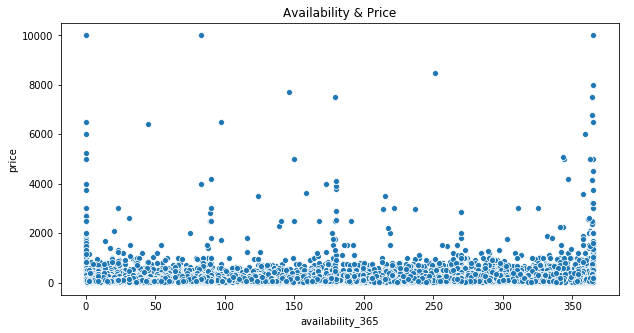
This plot is a bit hard to read because all of the points are of the same color. As this example demonstrates, varying point size is best used if the variable is either a quantitative variable or a categorical variable that represents different levels of something, like "small", "medium", and "large". To do this, we'll set the "size" parameter equal to the variable name "size" from our dataset. We provide the Pandas data frame and the variables for x and y argument to scatterplot function. Note that one could also use other functions like regplot. The following line should work: p1 sns.scatterplot (X :,0,X :,1,palettepalette, huey, styley, legend'full',markersmarkerlist) Share. We want each point on the scatter plot to be sized based on the number of people in the group, with larger groups having bigger points on the plot. Seaborn has a handy function named scatterplot to make scatter plots in Python. You should add the style grouping variable, as described in the scatterplot doc. Here, we're creating a scatter plot of total bill versus tip amount.

The first customization we'll talk about is point size. Use with both scatterplot() and relplot() Show relationship between two quantitative variables
SEABORN SCATTER PLOT MARKER TYPE HOW TO
For the rest of this post, we'll use the tips dataset to learn how to use each customization and cover best practices for deciding which customizations to use. How to add titles and axis labels to your scatter plots. How to create 3D scatter plots and add regression lines to scatter plots. How to customize colors, markers, and sizes in Seaborn scatter plots. All of these options can be used in both the "scatterplot()" and "relplot()" functions, but we'll continue to use "relplot()" for the rest of the course since it's more flexible and allows us to create subplots. How to create scatter plots in Python with Seaborn. For example, when passing s the markers will be squares. In addition to these, Seaborn allows you to add more information to scatter plots by varying the size, the style, and the transparency of the points. By default, the markers are circles, but you can select between a variety of shapes using marker. We've seen a few ways to add more information to them as well, by creating subplots or plotting subgroups with different colored points. They can do so because they plot two-dimensional graphics that can be enhanced by mapping up to three additional variables using the semantics of hue, size, and style.So far, we've only scratched the surface of what we're able to do with scatter plots in Seaborn.Īs a reminder, scatter plots are a great tool for visualizing the relationship between two quantitative variables. Scatterplot() (with kind="scatter" the default)Īs we will see, these functions can be quite illuminating because they use simple and easily-understood representations of data that can nevertheless represent complex dataset structures. relplot() combines a FacetGrid with one of two axes-level functions: In the categorical visualization tutorial, we will see specialized tools for using scatterplots to visualize categorical data. The most basic, which should be used when both variables are numeric, is the scatterplot () function.

This is a figure-level function for visualizing statistical relationships using two common approaches: scatter plots and line plots. So the only thing left for you is to use different markers right away and specify them (as list or dictionary) sns. There are several ways to draw a scatter plot in seaborn. We will discuss three seaborn functions in this tutorial. Visualization can be a core component of this process because, when data are visualized properly, the human visual system can see trends and patterns that indicate a relationship. In this tutorial, well take a look at how to plot a scatter plot in Seaborn. Statistical analysis is a process of understanding how variables in a dataset relate to each other and how those relationships depend on other variables. It offers a simple, intuitive, yet highly customizable API for data visualization.


 0 kommentar(er)
0 kommentar(er)
